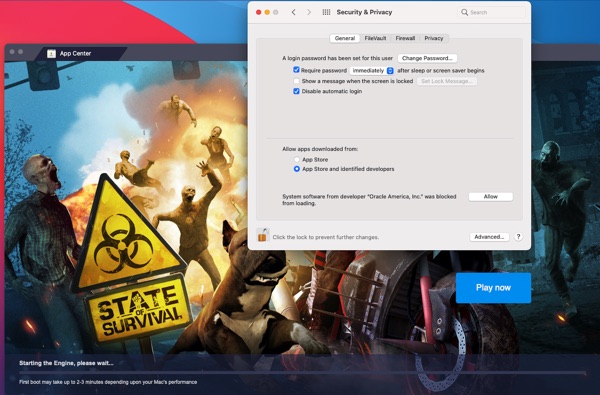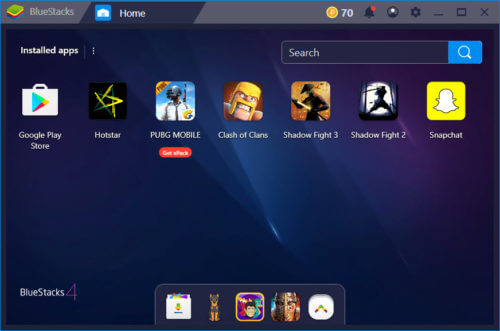

There are some technologies developed for VSync to help reduce this lag, but it’s worth keeping in mind if you enable VSync and notice your actions are less responsive than before. This can be fatal in games that require reflex and snap reactions to play. You may find that your inputs, such as key-presses and mouse clicks, are slightly delayed. Disadvantages of VSyncīecause VSync makes frames wait for when the monitor is ready, this can cause problems.

Enabling VSync will cap the FPS to the monitor’s refresh rate and stop the excessive strain on the graphics processor. This can cause your graphics processor to overheat, as it outputs frames at an incredibly fast rate. Because graphics processors go as fast as they can, rendering old scenes may result in exceedingly high frame rates.

It can also be useful in applications (such as very old games) where your graphics processor severely overpowers the graphical demand. The refresh rate is stated in a product listing like the following image. The maximum amount of frames it can display is depicted in its refresh rate, which is usually defined in frequency or “Hz.” The ratio is 1:1, so a monitor at 60Hz can show up to 60FPS. Your screen is always trying to keep up with the frames your graphics processor is producing. The more frames your graphics processor can output, the smoother your games will look. The rate at which the graphics processor can output frames is called “frames per second,” or FPS for short. The result is a slideshow-like effect of rapid-fire frames that give the appearance of animation, like a flipbook. It then gives these frames to the monitor to process. When you tell your graphics processor to render a 3D scene, it will process full drawings, or “frames,” as quickly as possible. The reason you can read this article is due to a graphics processor arranging the pixels on your screen. The graphics processor’s main job is to “paint” visuals onto the screen. This may either be integrated graphics within your processor or an independent graphics card. Your computer or laptop has a way of rendering graphics to a screen. To start, let’s look at how graphics are processed in your computer.


 0 kommentar(er)
0 kommentar(er)
